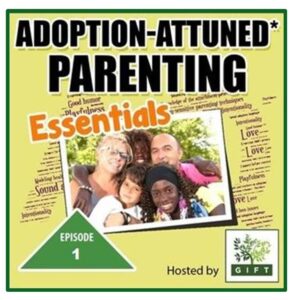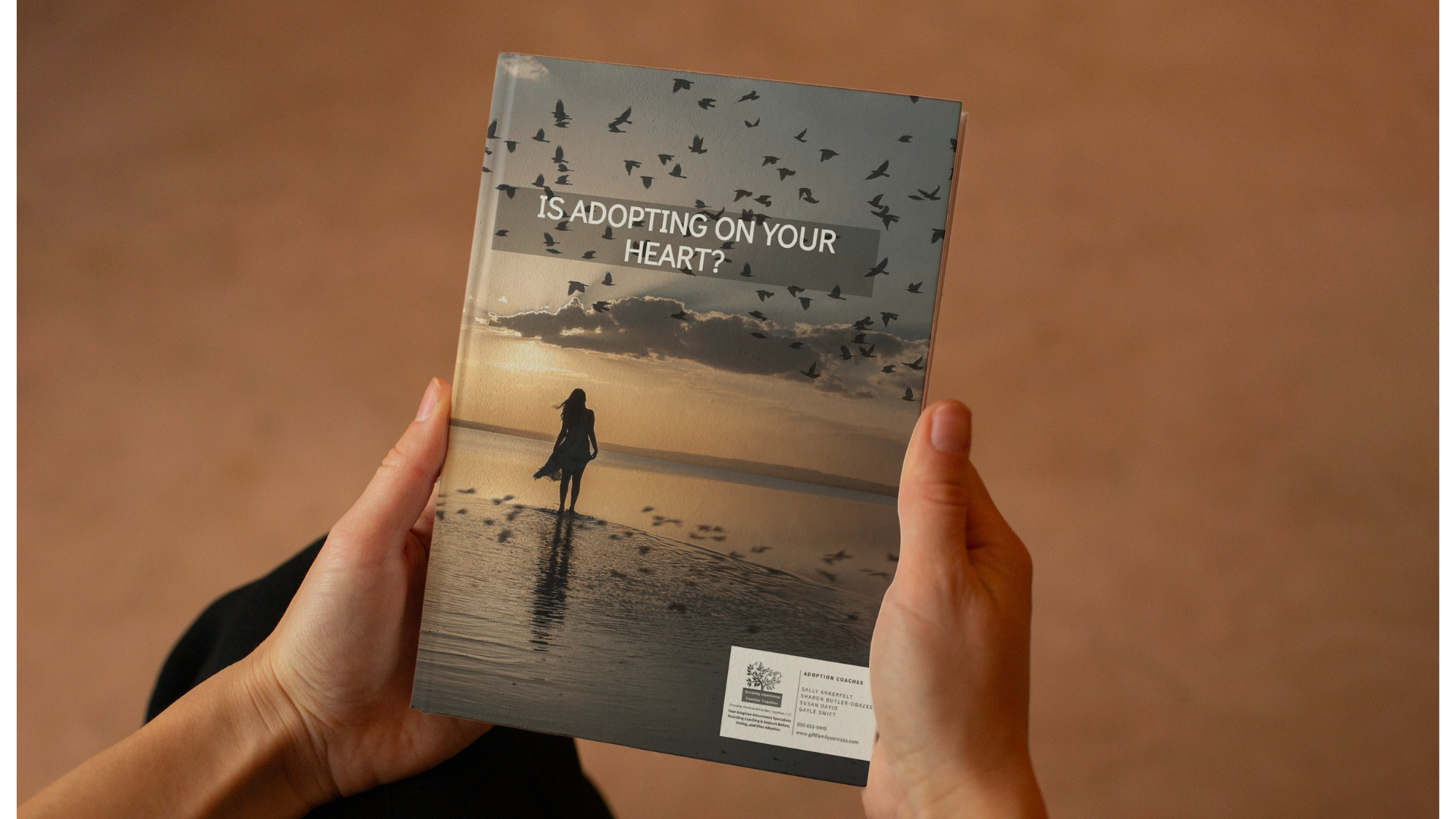Feeling short of time or finding it difficult to concentrate? You can listen to this blog post…
 A friend who happens to be an adult adoptee shared a recent event from her family life. Her child is normally a “put together” kid who navigates the minefield of high school cliques and power struggles well from the vantage point of an LGBTQ person’s perspective. Unsurprisingly this means learning how to deal with snide, insulting, and disempowering comments, ostracism, and a less-than-affirming welcome by the dominant groups at the school—while keeping self-esteem and self-confidence intact.
A friend who happens to be an adult adoptee shared a recent event from her family life. Her child is normally a “put together” kid who navigates the minefield of high school cliques and power struggles well from the vantage point of an LGBTQ person’s perspective. Unsurprisingly this means learning how to deal with snide, insulting, and disempowering comments, ostracism, and a less-than-affirming welcome by the dominant groups at the school—while keeping self-esteem and self-confidence intact.
When the school called my friend because this child had a very public meltdown her parental alarm bells rang. What could possibly have happened? Was her child hurt? What tipped her child over the edge? Who was involved? Would her child talk?
Readers of this blog who are also parents of teens know well that teens normally resist discussing their problems with their parents and instead prefer to confide in their friends. My friend wrestled with her concern for her child and her fear that this child would shut down and remain silent. She developed a strategy which she shared with me.
When she arrived at school and found her child still in full meltdown mode, my friend sat close, very close, in silence and waited. Offering the comfort of her physical presence, she didn’t try to immediately garner details nor did she offer possible solutions. She focused on #Attunement and waited for her child to compose herself and speak. (Remember David Augsberger’s words: “Being heard is so close to being loved that for the average person they are almost indistinguishable.”[1]
After the situation subsided a bit, my friend said to her child, “I will not insist on details you do not wish to share with me. All I ask is that you tell me if you are safe. Or not. If you feel safe, then the details can wait until later. You know I will do whatever I can to help.”
As my friend shared her story, I was struck with the importance of her question. Instead of focusing on her need to calm her own fears as a parent, she focused on the thing that was most important: was her child safe? She focused on her child, not on her own need for reassurance. She suppressed any inclination to engage as the 911 rescue team ready to fix the situation. She also delivered a message of confidence in her child’s ability to handle the situation, or at least decide how the parent can help.
(Anyway, we all know that no one—adult or child—in the middle of an emotional hijacking responds to a barrage of questions or the offer of kneejerk solutions. The time for those types of solution-oriented conversations is after emotions have settled and a semblance of calm returns.)
As a parent, it is easy to get caught up in worry about our kids. We hear statistics about teen drinking. Bullying, and suicide. We know that adoptees commit suicide at four times the rate of the non-adopted population. Our fears have merit; still, we cannot let fear pilot our decisions.
How might you approach a similar situation? What if the child were younger? How do you foster your child’s capabilities? How have you built a history of handling their confidences respectfully? How have you provided opportunities for your child to practice problem-solving and decision making? How have you inculcated an atmosphere of safety within your family? Life is a learning conversation, what changes will you make and what actions will you take to reflect your new understanding?
[1] David Augsberger, “Caring Enough to Hear and Be Heard,” Regal Books, 1982
GIFT Family Services
Growing Intentional Families Together
“Your Adoption-attunement specialists
providing coaching and support before, during, and after adoption.”


GIFT coaches are available to present workshops in person or on-line.
Contact us to explore this possibility.



